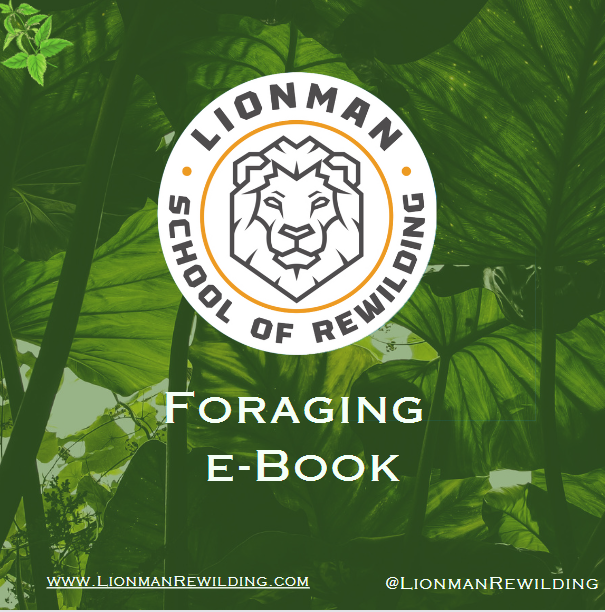Write your awesome label here.
I remember walking out on the boardwalk behind the Seminole Tribal and Historic Preservation Office when I came across three guys chiseling rock and sharpening sticks. Normally, apart from Daniel Tommie making canoes at the hunting camp, there are no other demonstrators regularly present, so I seized this opportunity to inquire and introduce myself. Upon asking, they gave me a breakdown of the traditional game of Chunkey, a recreation involving the use of a discoidal stone rolled across the ground while participants competed to throw a lance or spear where they thought the stone would stop rolling.
Write your awesome label here.
Chunkey Origins
The game of Chunkey originates with the Cahokia culture and with travel and trade spread across North America. It played a valuable role in sociopolitical life as well as daily life. Bets were often made, stakes could range from a doll or beads and even wives or houses. In addition, it served as a way to settle disputes and diplomatic issues.
Write your awesome label here.
Playing Benefits
Write your awesome label here.
What you need to play:
Not much discrimination needs to be used in choosing a stone, though humans seem to have a universal habit of attributing higher value towards objects of higher density and mass. Regular limestone can be easily pecked, as can some marl, and next any long and slender stick or wood can be used as a lance or makeshift spear. One day soon we might incorporate making and using these tools for a class, which sounds like it’ll be a blast! Obviously, the stakes won’t be as high as the players girlfriend or car, but perhaps we can offer some local food or Jaden’s prized gorge hooks!
Join our in-person classes or online at LionManReWilding.com to learn about all the great courses and activities going on now at LMSR!
Join our in-person classes or online at LionManReWilding.com to learn about all the great courses and activities going on now at LMSR!
Write your awesome label here.
References
References
**Note: We do not claim ownership of images and respect copywrite laws, these images are used solely for the purpose educational purposes. Please email us at admin@lionmanrewilding if you own these images and wish us to remove them. Thank you.
Emetcalf. “Chunkey: More Then Just a Game.” Real Archaeology, 5 Nov. 2023, pages.vassar.edu/realarchaeology/2023/11/05/chunkey-more-then-just-a-game/.
Pauketat, Timothy R. “America’s First Pastime.” America’s First Pastime - Archaeology Magazine Archive, Archaeological Institute of America, Sept. 1999, archive.archaeology.org/0909/abstracts/pastime.html.
**Note: We do not claim ownership of images and respect copywrite laws, these images are used solely for the purpose educational purposes. Please email us at admin@lionmanrewilding if you own these images and wish us to remove them. Thank you.


